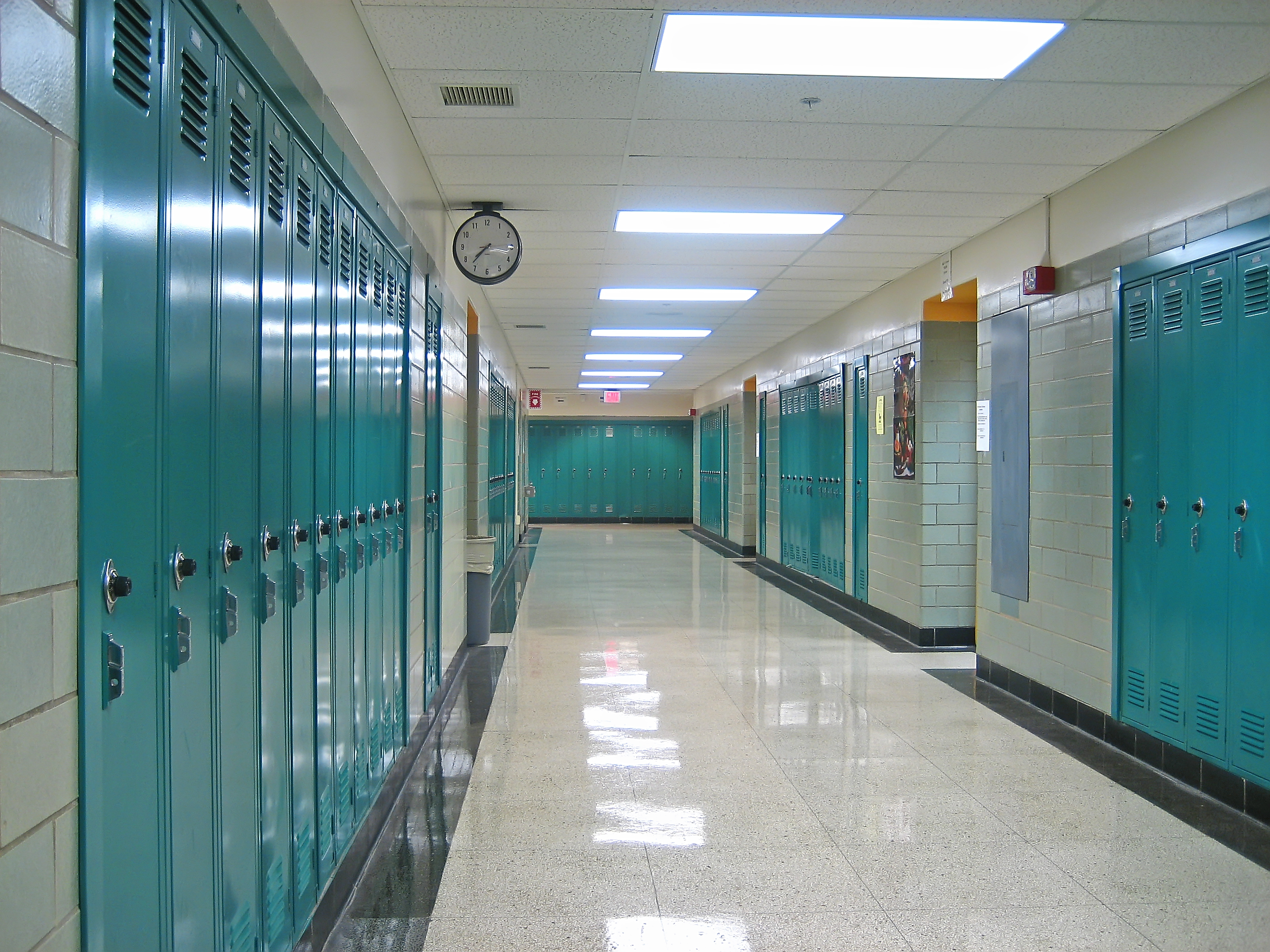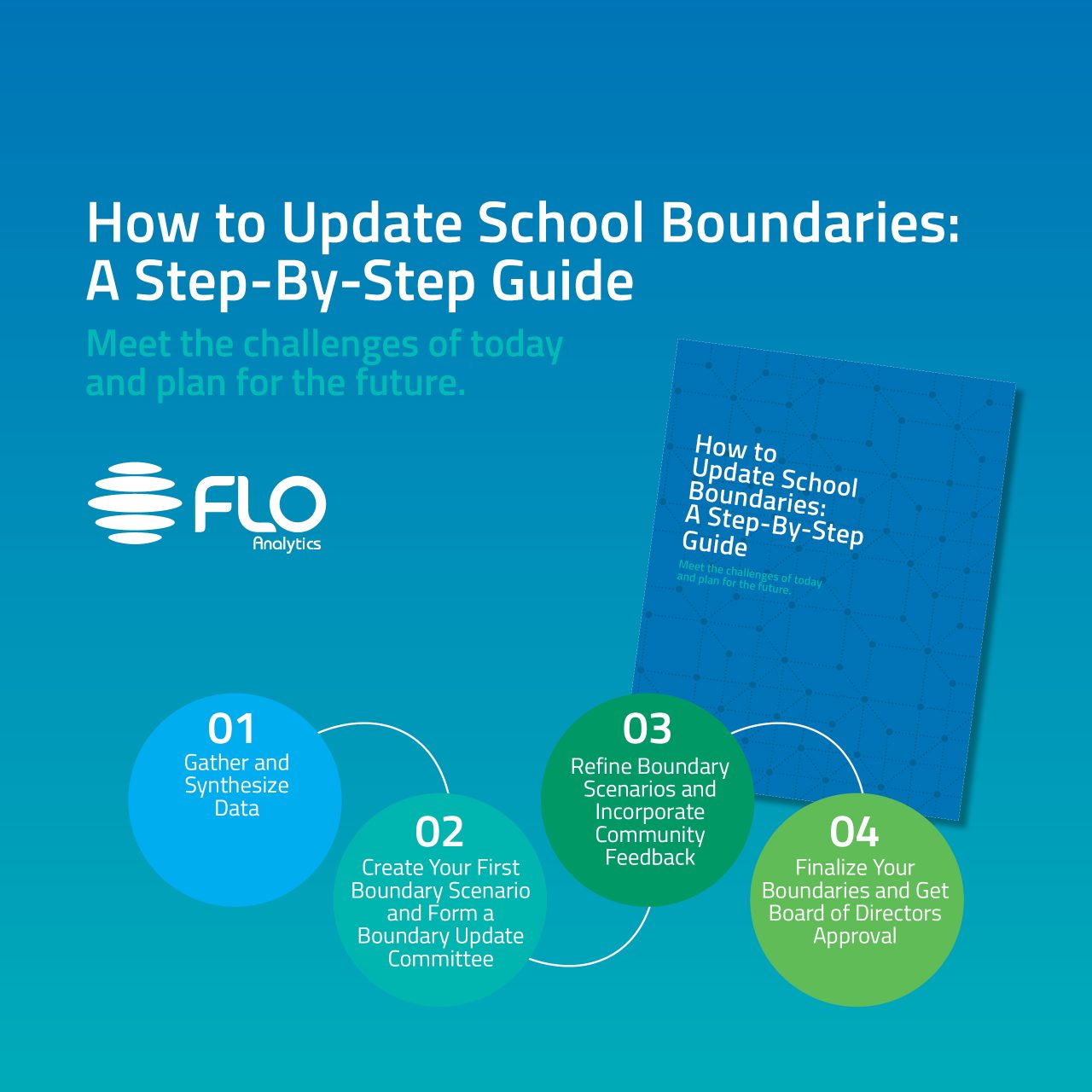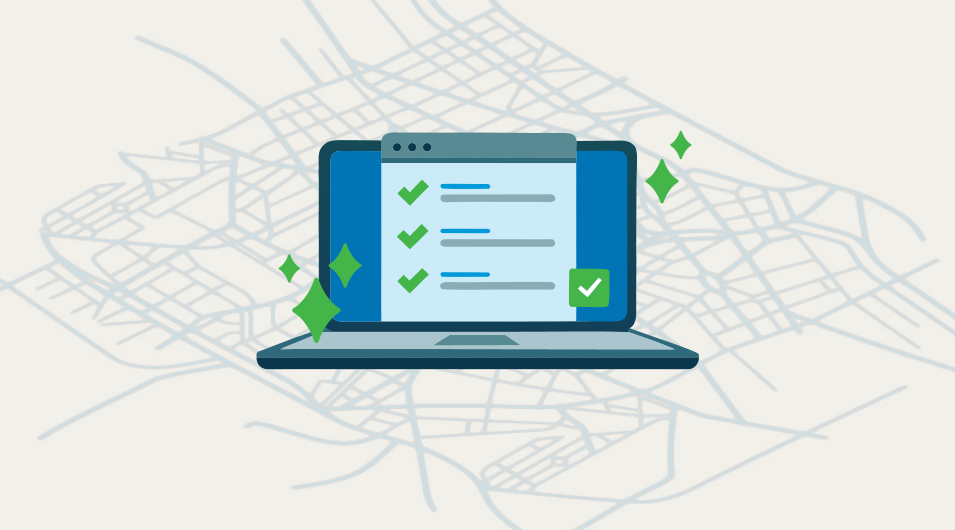Thought Leadership
3 Bond Tips Every School District Can Use Right Now

At some point during the year, most school districts will fall into one of these three areas:
- Thinking about planning a bond measure
- Attempting to pass a bond
- Trying make the most of the bond they just passed
No matter which category a district finds itself in, the end goals are the same: alleviate overcrowded classrooms, get facilities sited in the best possible location, and, if new facilities are being built, make sure attendance area boundaries are redrawn to accommodate community values while balancing school capacities.
Easier said than done. As we’ve heard from most school districts we work with, reaching that end goal isn’t always easy. That’s why we put together these three bond tips that every school district can use right now.
Tip 1: Enrollment Forecasting
If you’re planning a bond, make sure your long-term facilities plan is updated with accurate and defensible enrollment projections based on a diverse set of data that includes student enrollment projections, and community development and demographic information. Instead of relying on the standard, district-wide enrollment data, incorporate projections that tell you where in your district students are projected to live, allowing you to make informed decisions about your future student population.
(BONUS!) Obtaining accurate future enrollment data and understanding how the data relates to your school district’s current capability to accommodate the student population will set you up for success when helping the public understand why they should pass your bond. They’ll clearly see the future potential for growth and the justifiable need for new schools.
Tip 2: School Siting
If you’ve recently passed a bond and need to site new schools, don’t decide where to build until you consider:
- Your community’s values, like walkability and proximity to public transportation
- Where your future student population is likely to reside
- Parcel size and location requirements
- Environmental constraints
- Your community’s zoning regulations
Tip 3: Boundary Adjustments
Once you’ve picked the best site for your new schools, start getting ready for a school attendance area boundary review. Boundary reviews are often contentious and stressful for the district and the community, so the more thoughtful planning a district can do prior to beginning the review process, the better. Try reaching out to other districts to ask how they have handled the review process for best practices. What can they tell you about tough issues they ran into and how they resolved them?
Our Guide to Updating School Boundaries

Updating school attendance area boundaries can be complex and contentious, and most districts will undertake the process more than once. Yet, there are few well-known best practices.
Until now.
Our guide to updating boundaries explores the four major steps in the boundary update process. Whether you’re just starting to think about a boundary update or already have one planned, this free e-book will provide the knowledge you need to successfully lead a data-driven boundary update that satisfies the needs of your community and your school district.




